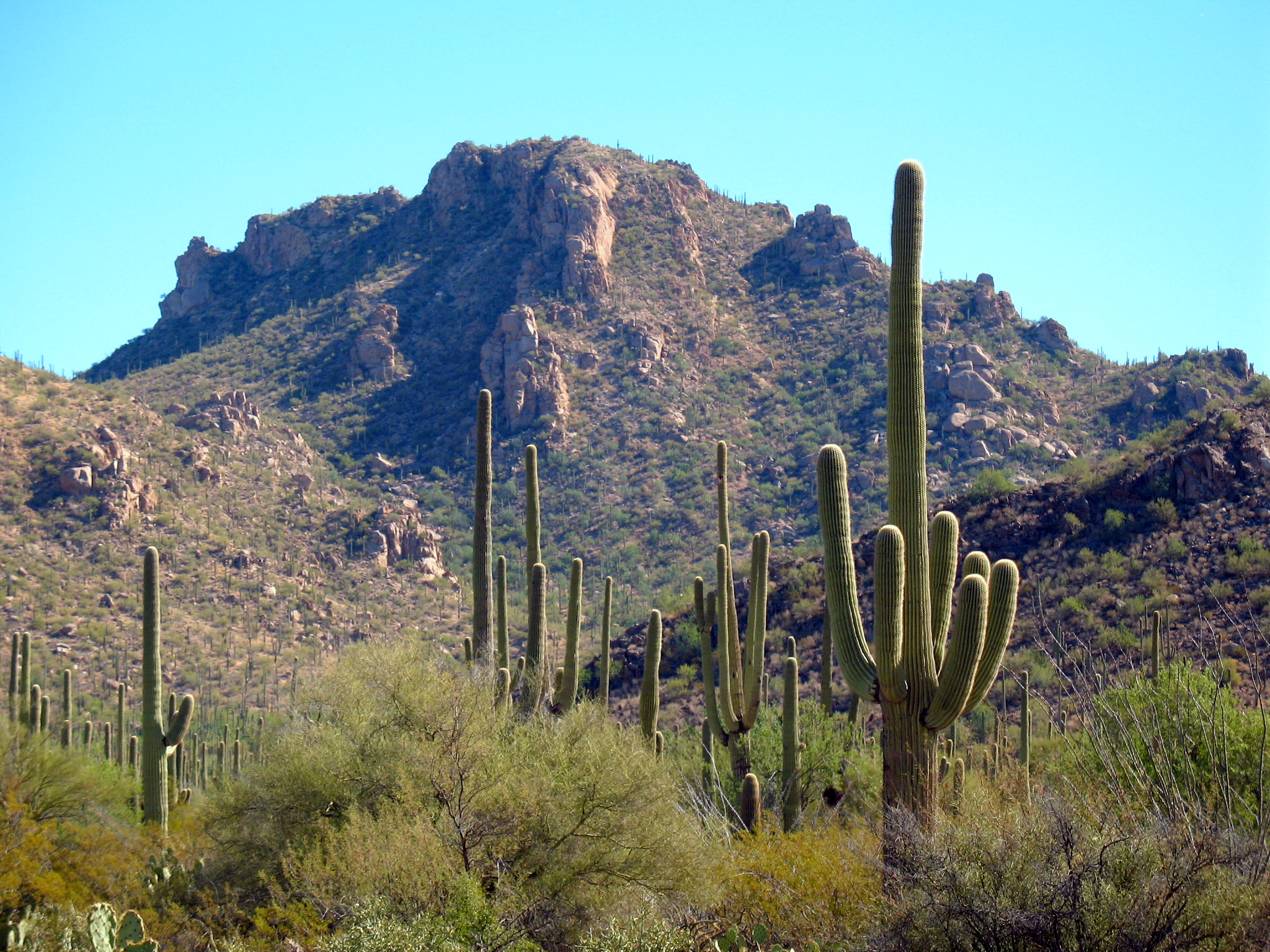Journey Through Time: Reliving History on The Juan Bautista de Anza National Historic Trail
Planning a visit? Check out the Juan Bautista de Anza National Historic Trail page for visitor info, directions, and what to do when you get there.

Introduction
The Juan Bautista de Anza National Historic Trail invites travelers to take a unique journey across borders and time itself. This expedition broadens your understanding about early Spanish colonization, providing glimpses into Hispanic and Native American cultures while indulging your senses with exquisite landscapes that mark this 1200-mile recreation trail stretching from Nogales on the U.S.-Mexico border all the way to San Francisco.
Historical/Cultural/Geological Background
Established to commemorate an epic migration led by Captain Juan Bautista de Anza in 1775-76, where over 240 men, women, and children navigated through perilous terrain for eight months to establish a new settlement - now known as San Francisco. Today, the trail represents a historical journey as it traverses through diverse ecosystems - arid deserts morph into lush wetlands, fertile vineyards lead up to snow-capped peaks.
Activities Guide
Being an auto tourable trail with specific segments accommodating hiking or horseback riding, activities here are bountiful. For those keen on history, there are several interpretive signs along the way which unravel stories about these pioneers’ hardships and determination. Nature lovers can enjoy bird watching at Sweetwater Wetlands in Arizona or wildlife spotting at Pinnacles National Park in California. Those seeking adventure can hike up the Stelzer Peak for breathtaking views, or pedal through the wilderness on mountain bikes.
Visitor Information
The trail is accessible throughout the year, though each segment has its best visiting period depending on local climate. Parts of Southern Arizona are best visited from November to April to avoid extreme summer heat while Northern California is ideal from June to October when chances of rain are minimal. Facilities vary across the trail with park visitor centers offering restrooms, picnic areas and camping grounds in some sections.
Tips for Different Visitors
Whether it’s a family vacation, a solo hiking trip, or a cultural tour, a few suggestions will go a long way. Families should plan short hikes that coincide with picnic areas like Bear Valley Visitor Center. Solo travelers can join guided tours arranged by local park authorities or even volunteer for event-specific activities. Cultural explorers must visit preserved sites like Tubac Presidio State Historic Park in Arizona or Mission Dolores in San Francisco which offer insightful details about Anza’s time.
Regional Context
The trail weaves through various communities and urban areas enabling visitors not only to explore the historical route but also delve into contemporary cultures and cuisines of places along the way – be it Mexican delights at Nogales or seafood treats at Monterey Bay. Art aficionados would find immense pleasure exploring galleries and studios adorning the artistic town of Tubac.
Conclusion
Steeped in history with ample outdoor recreational opportunities and an enriching cultural milieu makes Juan Bautista de Anza National Historic Trail an unforgettable travel experience where every step echoes past endeavors while opening doors to nature’s bounty.
Q1: Is there an entrance fee? No, there is no entrance fee for most parts of Juan Bautista de Anza National Historic Trail.
Q2: Are pets allowed on the trail? Pet policies vary across different sections of the trail. It’s best to check with local park authorities.
Q3: Is camping permitted along the trail? Certain areas like Pinnacles National Park and Picacho State Recreation Area offer campgrounds. Prior reservation is advised.
Q4: Are there any difficulties for physically-challenged visitors? While certain sections are rugged, there are various wheelchair-accessible sites like Tumacácori National Historical Park.
Q5: Can I volunteer at Juan Bautista de Anza National Historic Trail? Yes, they welcome volunteers for a range of activities - from guided tours to event organization.
Tags
#HistoricTrail #OutdoorAdventure #JuanBautistaDeAnza #NatureExploration #CulturalJourney #USNationalParks #TravelArizona #CaliforniaHiking
Frequently Asked Questions
What are the operating hours and admission fees for Juan Bautista de Anza National Historic Trail?
Juan Bautista de Anza National Historic Trail is typically open year-round, though specific hours may vary by season. Most national parks charge an entrance fee, but some sites are free to visit. Check the official NPS website for current hours and fee information.
How long should I plan for a visit to Juan Bautista de Anza National Historic Trail?
A typical visit to Juan Bautista de Anza National Historic Trail can range from a few hours to a full day, depending on your interests and the activities you choose. Allow extra time for hiking, photography, and exploring visitor centers.
What should I bring when visiting Juan Bautista de Anza National Historic Trail?
Essential items include comfortable walking shoes, water, snacks, sunscreen, and weather-appropriate clothing. Bring a camera to capture the scenic views and consider binoculars for wildlife viewing.
What is the best time to visit Juan Bautista de Anza National Historic Trail?
The best time to visit depends on your preferences and the activities you plan to enjoy. Spring and fall often offer pleasant weather and fewer crowds, while summer provides the longest daylight hours.
Is Juan Bautista de Anza National Historic Trail accessible for visitors with mobility needs?
Many areas of Juan Bautista de Anza National Historic Trail are accessible to visitors with mobility needs, including paved trails and accessible facilities. Contact the park directly for specific accessibility information and current conditions.
Related Articles

Witnessing History at the Martin Van Buren National Historic Site in Albany, New York

Soaring Saguaro Splendors: The Definitive Tucson, Arizona Park Guide
Explore Saguaro National Park in Tucson, Arizona with our comprehensive visitor guide featuring activities, tips, and local insights.
